Of all the animal groups on earth the crustaceans are by far the most successful.
The Diversity of Crustaceans
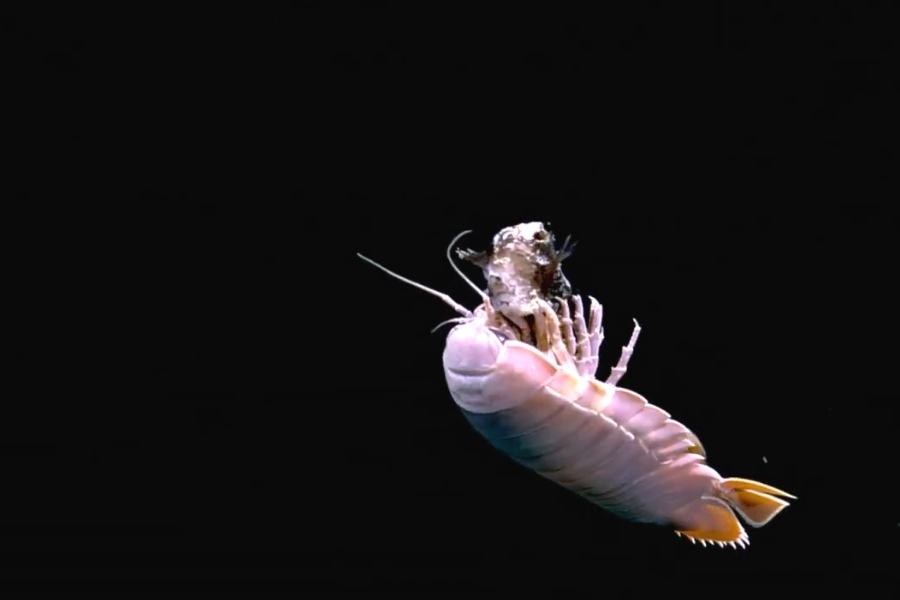
Coming in a boundless array of colors shapes and sizes, they have diversified so much that crustaceans are often called the insects of the oceans, a title reflecting their remarkable diversity and abundance but nowhere are they more weird and wonderful than in the deep sea where crustaceans have adapted in countless ways in order to survive and play key roles in the ecosystem.
Let’s take a closer look at these incredible invertebrates.
The Structure of Crustaceans
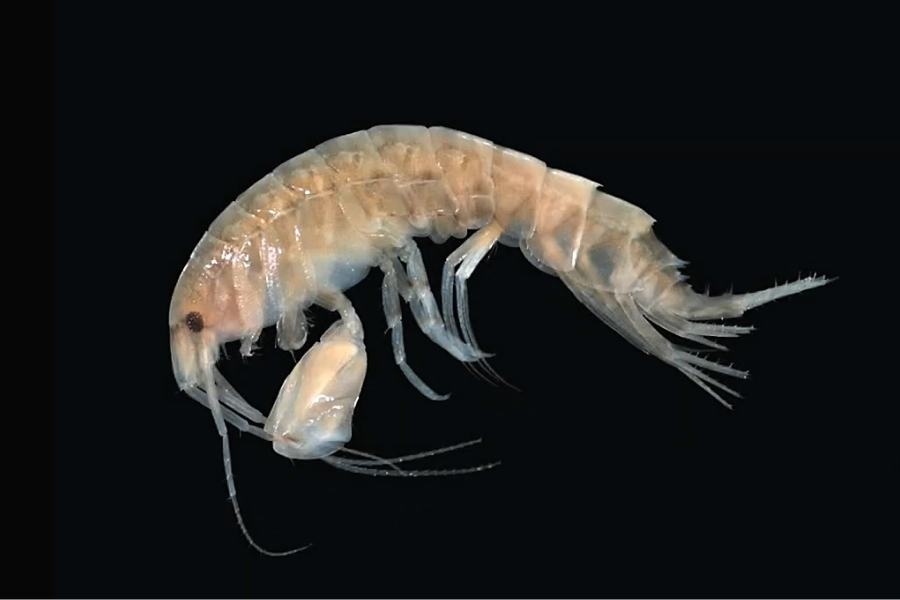
As crustaceans are a subphylum of arthropods meaning jointed feet, they display many jointed legs as found on crabs and lobsters, generally, crustaceans also consist of a head thorax, and abdomen at the end of which is a tailpiece called a telson but what sets them apart from other arthropods, is two pairs of the sensory antenna and at least three pairs of mouthparts from mantis shrimps to copy pods and the giant isopod all crustaceans share these common features giving them an evolutionary advantage over other animals.
Adaptations of Deep Sea Crustaceans
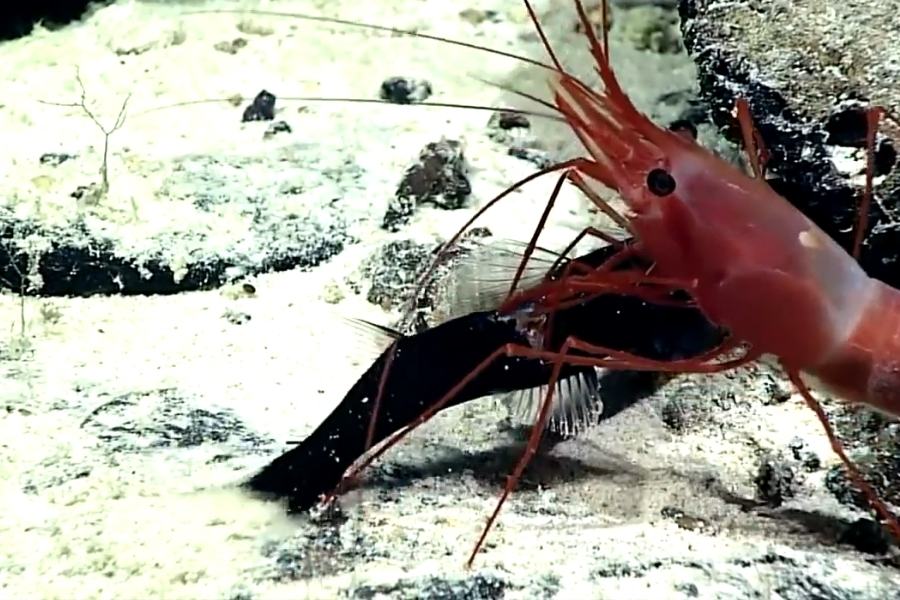
The antenna is used for making sense of their surroundings as well as locating food and sensing danger but in many species, we often find more unusual adaptations decapods
Decapods Explained (Adaptations of Crabs)
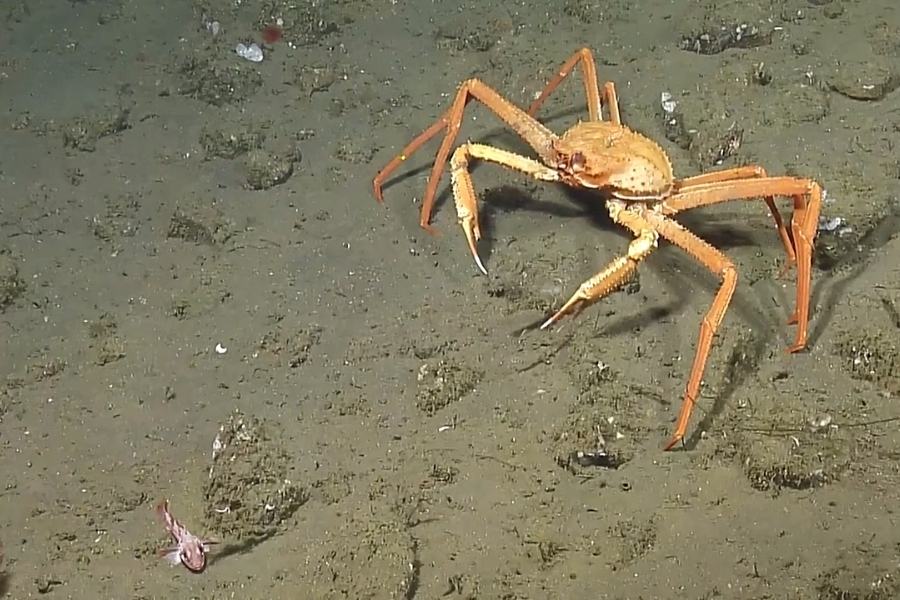
Like crabs have 10 walking legs making them well suited to a benthic lifestyle down on the sea floor where they scavenge for food.
Adaptations of Antarctic Krill
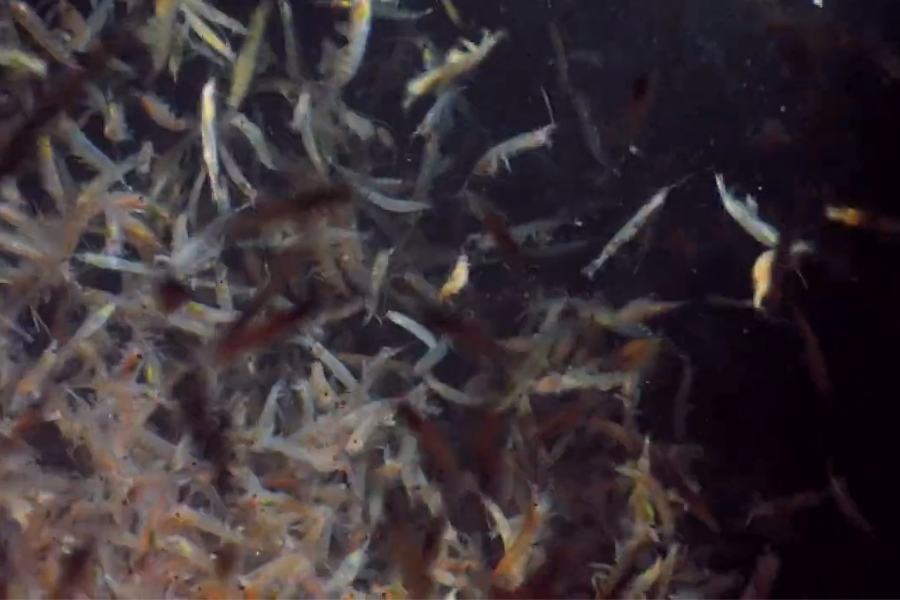
Contrastingly, euphorized shrimps like the infamous antarctic krill have elongated bodies and paddle-like legs that help them swim through the open ocean far from the seafloor under each eye they possess light-producing photophores that they use to communicate via the phenomenon of bioluminescence to survive in the expanse of the open ocean krill, have had to become filter feeders consuming plankton that drift by on the currents by repeatedly moving their appendages, water is drawn past the mouthparts which are covered in fine hairs or site these form a highly effective food trap.
The Importance of Krill in the Ecosystem

The wonder of krill doesn’t end there, for these tiny creatures also serve to demonstrate the important role that crustaceans play in the marine ecosystem with their oil-rich bodies and tend to gather in huge swarms so large that they can be seen from space antarctic krill a high-energy food able to sustain the enormous bulk of baleen whale the largest animals on the planet, relying on one of the smallest
The Role of Crustaceans in the Food Web
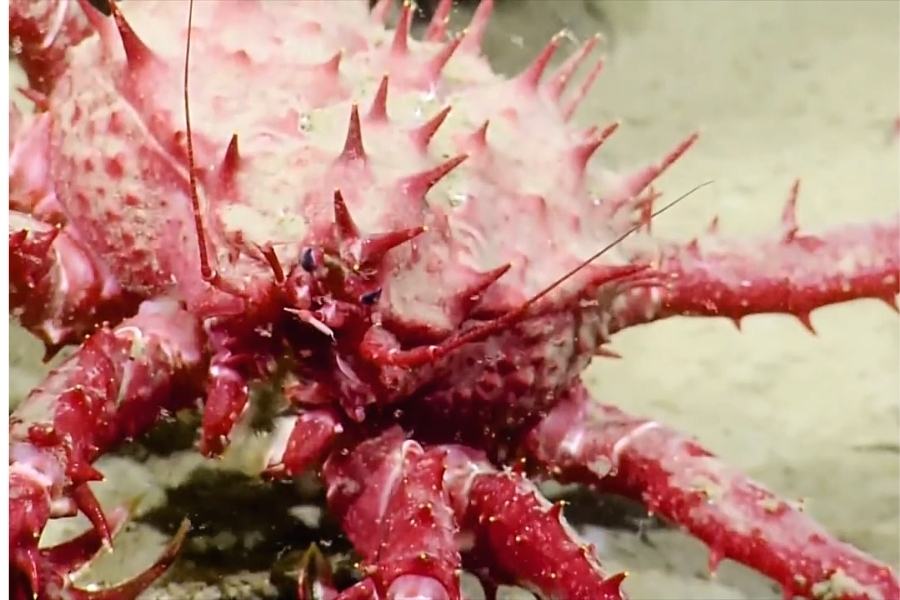
this shows that crustaceans are vital in the marine food web but in more ways, than just as a source of prey as we’re about to discover there are no insects in the ocean but crustaceans rule in their place and display an amazing variety of sizes and morphologies their role is very similar to that of insects on land in addition to being a source of food, they occupy the role of detrivores the deep ocean’s cleanup crew.
Amphipods as Detrivores of the Deep Sea
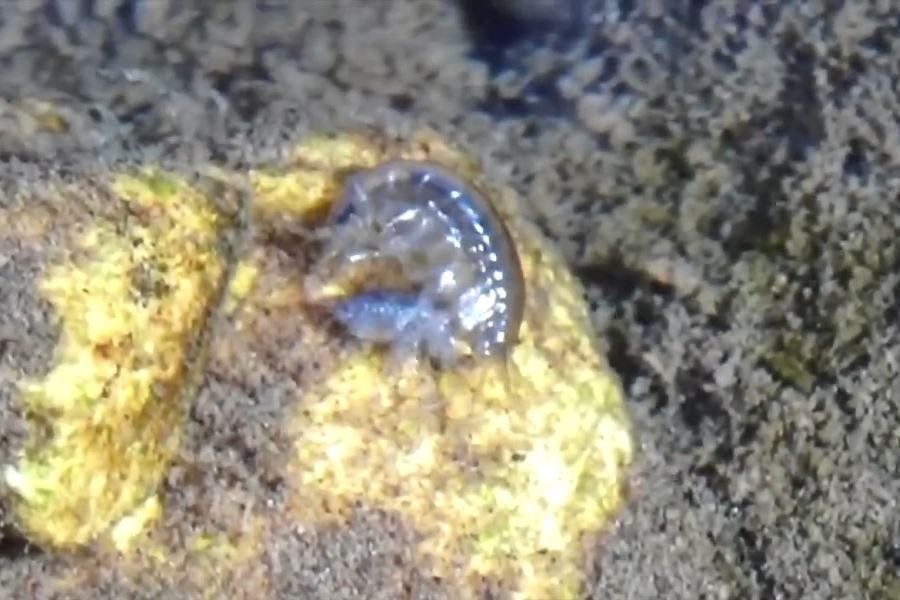
Most important are the amphipods which you might have found leaping like fleas around washed-up seaweed on the shore even here they are doing their job of cleaning up the stranded debris and amphipods are found in every part of the ocean from beach hoppers on the shore to 35 797 feet or 10 911 meters down in the furthest depths of the Mariana trench here the amphipod takes to the unlit stage even possessing enzymes that are able to digest wood they can and do consume just about anything that falls to the sea floor-filling an important ecological function by recycling nutrients from even hard to digest material back into the environment.
Adaptations of Deep Sea Amphipods
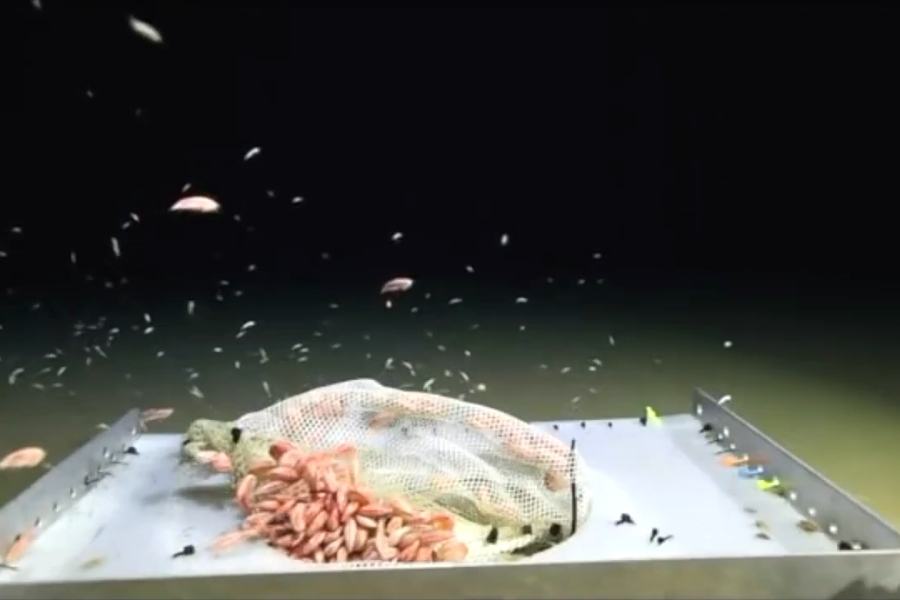
without them, the seabed would vanish beneath a deluge of dead plant and animal, matter these crustaceans can consume detritus at a rate between 60 percent and a hundred percent of their body weight each day for they are highly adapted to this task their legs, have pincers with a movable half and a sharp edge used for tearing off pieces of food in fact bait that is sunk to the seafloor often comes back stripped to the bone by amphipods in just a matter of hours.
Abyssal Gigantism in Amphipods
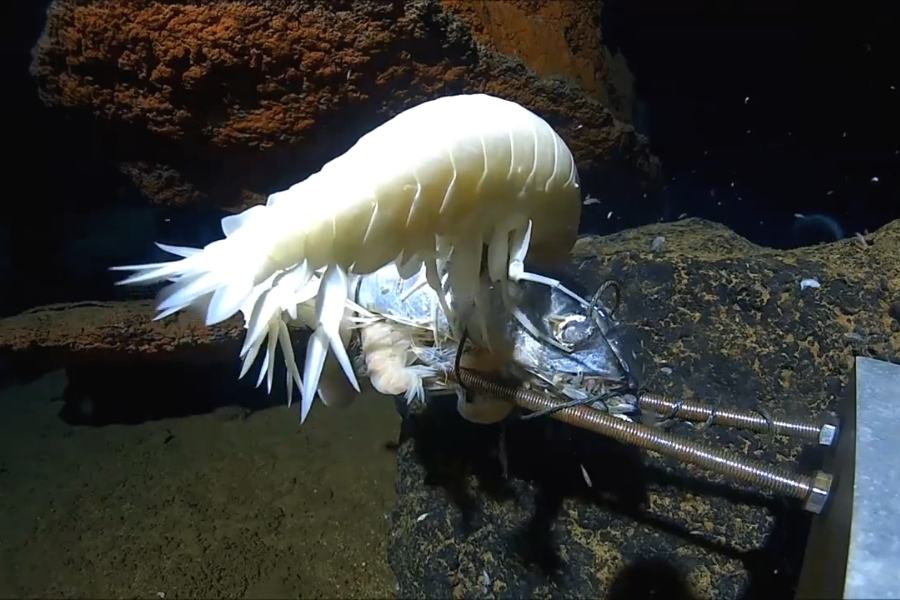
amphipods are important for another reason, researchers noticed that their size increases dramatically with depth from a length of eight millimeters in the shallows to over 34 centimeters long in the hail zone of the ocean this remarkable size is achieved by the species Alicella Gigantea, a slow-moving scavenger which has been filmed clumsily stumbling into bait latching on and gorging itself for hours.
The Supergiant Amphipod
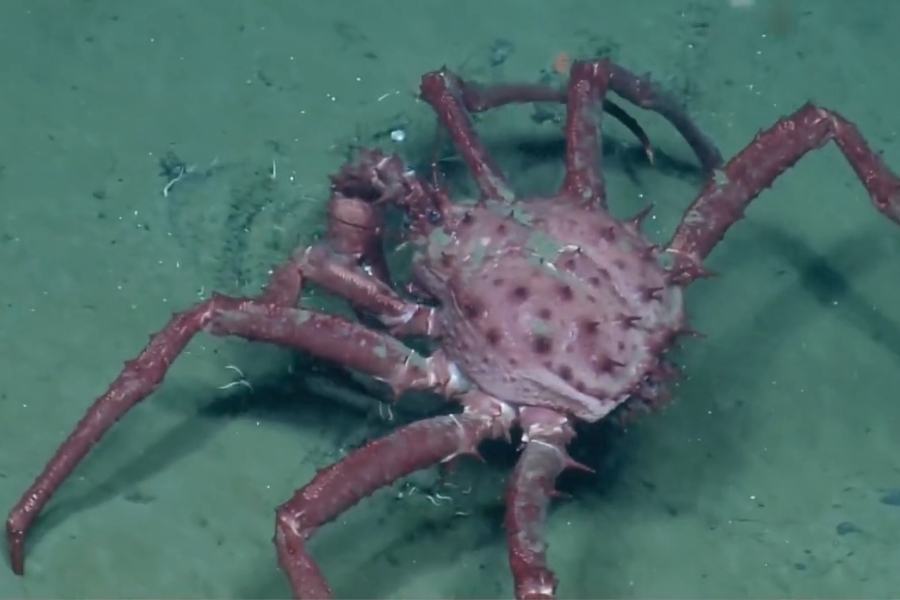
it exhibits the phenomenon of abyssal gigantism, but although it is far larger than many of its cousins, the supergiant is not so odd when we consider it has evolved to fulfill a niche that in shallower water is occupied by other large bottom dwellers like crabs. one of the most diversified crustaceans in the world.
Abyssal Gigantism in Giant Isopods

amphipods are not the only crustaceans to exhibit gigantism, a relative of the land-dwelling, woodlice the giant isopod can grow to 76 centimeters or 2.5 feet, long it too feeds on sunken detritus clinging on with sharp claws and living at depths of 2140 meters or 7020 feet.
Conclusion: The Importance of Deep Sea Crustaceans
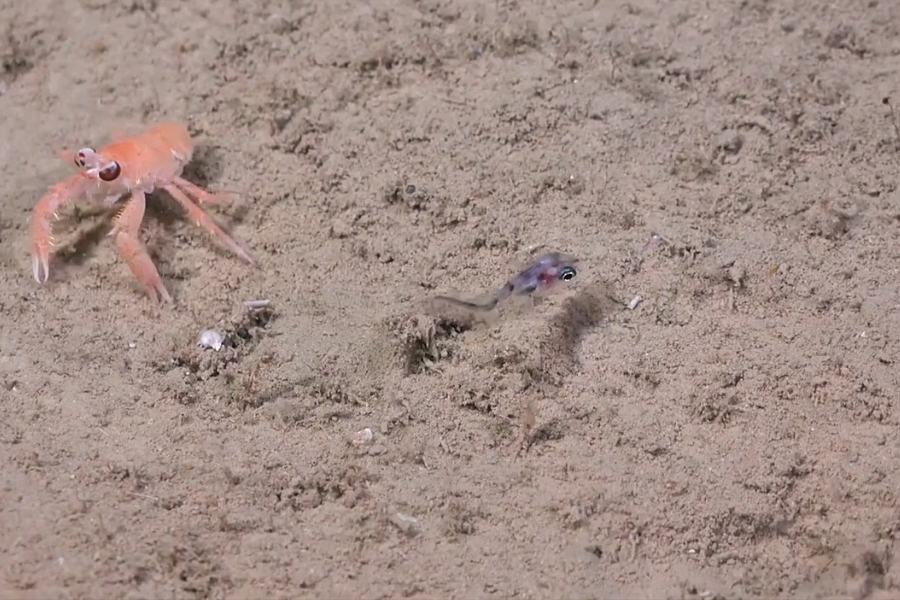
Overall crustaceans play a number of key roles in the deep sea ecosystem from amphipods and isopods cycling nutrients from decaying material to copepods parasitizing larger fish and krill providing nutrients for some of the largest creatures on the planet they are a diverse and ecologically vital group of organisms capable of adapting in numerous ways to survive in every corner of the expansive deep sea.
The Deep Sea Hub : https://www.naturalworldfacts.com/deep-sea-hub







